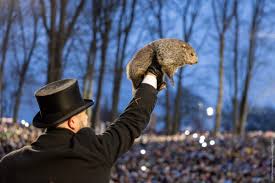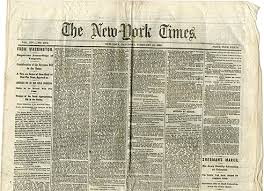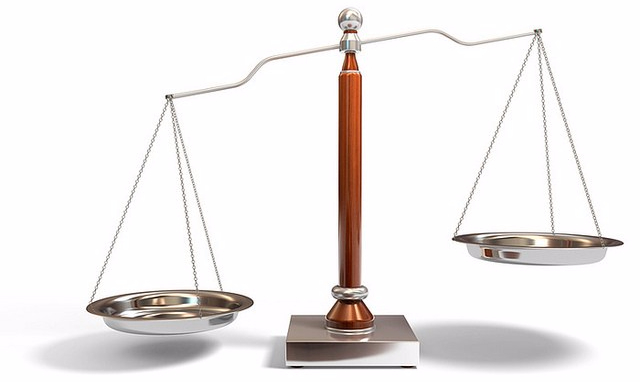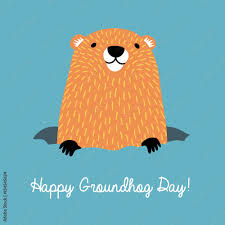
Groundhog Day occurs every year on February 2nd and surrounds a groundhog’s “prediction” on whether or not winter will last another six weeks or if spring will come early. The groundhog used for this holiday is named Punxsantwaney Phil to combine the name of the town in Pennsylvania to which this tradition occurs, Punxsantwaney, and Phil, which is just a common, randomly chosen name to identify the groundhog. So what does the groundhog do when determining whether we have a late winter or an early spring?
According to history.com, the tradition begins with the groundhog being removed from its burrow. This determination depends on whether or not the groundhog sees his shadow. If Punxsantwaney does see his shadow, 6 weeks of winter is predicted. If he doesn’t, spring will arrive early. Every year on Groundhog Day, 20,000-40,000 people make their way to a hill known as Gobbler’s Knob to watch the groundhog emerge from his hibernating burrow. There are bleachers surrounding the platform in which the groundhog is presented to give people a good view of whether or not he sees his shadow.
The town of Punxsutawney makes this tradition a huge deal, and it is an annual fun event that locals in the area attend. Media floods the event, making sure to capture every moment. Food is provided, live music is played loud for all to hear, and broadcasts are made all over the event. A group of men known as the Inner Circle are picked to handle the groundhog carefully. They are dressed in all-black attire, with tuxedos and tophats. Though Groundhog Day isn’t a super popular holiday worldwide or in other parts of the country, Pennsylvanians go above and beyond to celebrate this holiday. However, it is essential to note that Groundhog Day is purely for fun. There is no scientific evidence whatsoever that Punxsantwaney Phil has any control over or predict the weather. It is all in good fun and has been a tradition that has been going on for 130 years, with the first celebration on February 2nd, 1887.
You may have heard of the phrase, “...like Groundhog Day,” too. This phrase stems from the 1993 movie Groundhog Day, starring Bill Murray. He plays a weatherman who finds himself reliving Groundhog Day over and over again. No matter what happens, even the day he wakes up once again, it is February 2nd. The movie turns into a positive, comedic film that portrays messages of self-growth and changing b, ad habits. So, how do people use this as a common saying? You will often hear someone say, “This week has been so repetitive it’s like Groundhog Day.” So what this means is that they feel like they are living the same day repeatedly. Maybe they have a very similar schedule every day that lacks fluidity and change. 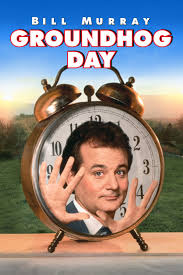
This year, Punxsutawney Phil saw his shadow, according to groundhog.org. This means he predicted six more weeks of winter, a reminder that this is not a scientifically accurate prediction. Groundhog Day is just a light-hearted annual tradition that brings together the town of Punxsutawney and makes it fun for people to listen to what the groundhog “predicts.”

